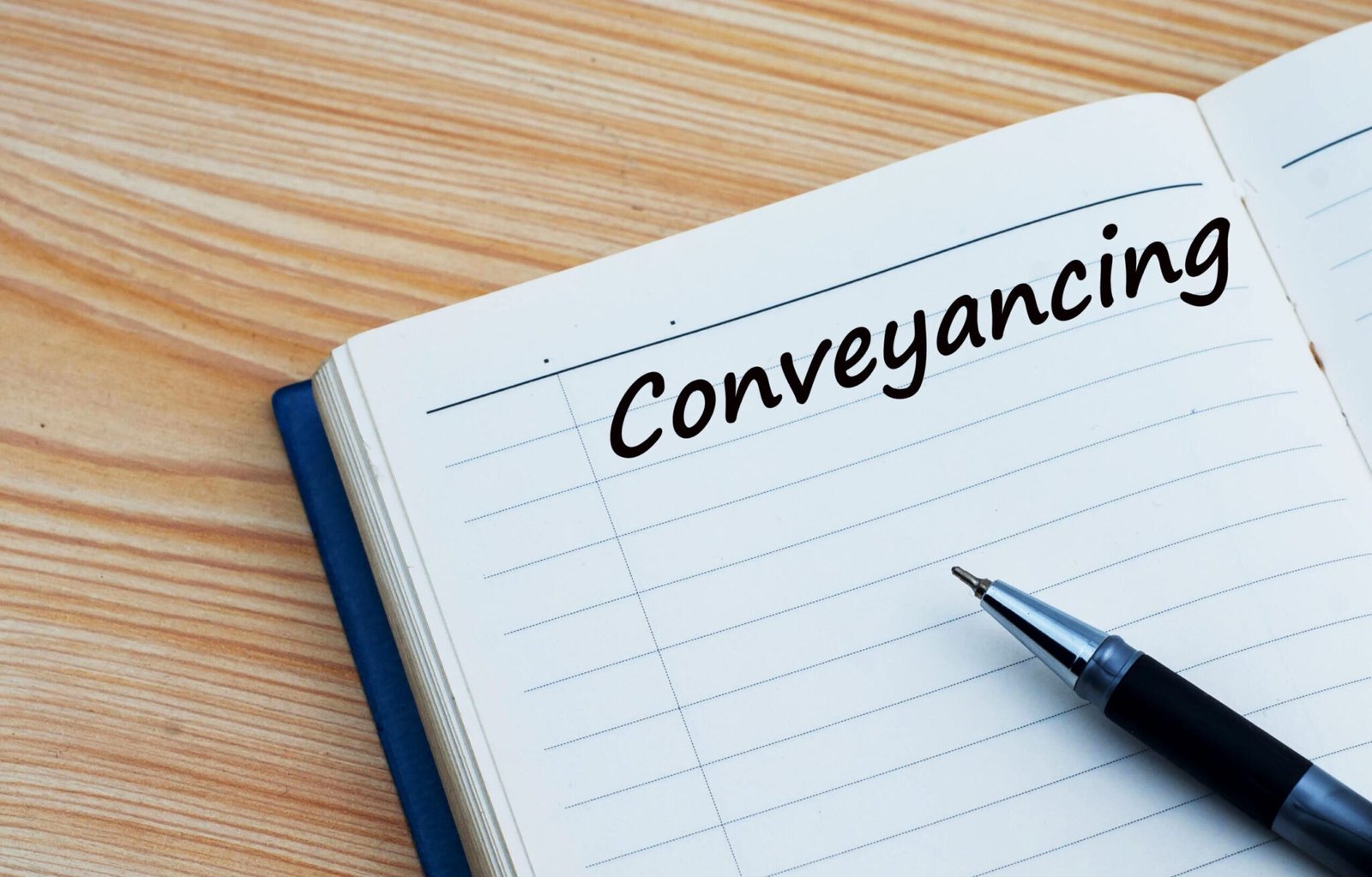When engaging in the process of remortgaging, it is important to understand the legal aspect known as conveyancing. This entails the involvement of a conveyancer or solicitor who will handle the necessary tasks. While the process is generally simpler compared to buying or selling a property, it still involves several crucial steps that typically take a few weeks to complete. To ensure a smooth remortgage experience, we recommend reading this guide in advance.
Step 1: Verifying your identity
After submitting your application for a new mortgage, your conveyancer will conduct anti-money laundering checks and verify the identity of all individuals listed on the mortgage and property deeds. Many conveyancers outsource this process to external companies, with costs ranging from £6 to £25 per person.
Step 2: Checking the source of funds
If you are paying off a portion of your existing mortgage, your conveyancer will need to verify the origin of the funds in compliance with anti-money laundering regulations. This is a standard procedure, and you will be informed of the necessary documents to provide, which may include bank statements, pension statements, letters from executors of a will, or dividend certificates.
Step 3: Checking the title deeds
Naturally, your conveyancer must confirm your ownership of the property. This is done by obtaining the title deeds from the land registry, also known as official copies. These documents reveal whether there are any legal charges, such as debts or loans, registered against the property. Your current lender will be listed until the existing mortgage is repaid, and it is the conveyancer’s responsibility to ensure there are no other charges. In the case of remortgaging a leasehold property, the conveyancer must also verify that the lease meets the criteria of the new lender. Additionally, they will determine which parties, such as the landlord and freeholder, need to be notified about the remortgage. Please note that these third parties may charge fees for updating their systems with your and your lender’s details.
Step 4: Reviewing your mortgage offer
The chosen lender will send a formal mortgage offer to your conveyancer, outlining the requirements that must be met. These requirements vary between lenders and may differ for freehold and leasehold properties. For instance, some lenders may require a minimum number of years remaining on the lease.
Step 5: Requesting a current mortgage statement
Your conveyancer will request a mortgage statement from your current lender. This statement will provide details on the remaining mortgage balance, including interest, and any applicable fees, such as an exit fee. The statement will be settled by your conveyancer upon completion of the remortgage process. It is worth noting that paying off a mortgage before the end of the term, whether to sell a property or remortgage, is referred to as redeeming the mortgage. Therefore, you may also hear this statement referred to as a redemption statement.
Step 6: Applying for local authority searches
Rest assured, most lenders do not expect you to repeat all the searches conducted when you initially purchased the property. Typically, only a local authority search is required, although some lenders may accept search indemnity insurance as an alternative. This insurance policy allows the process to proceed without conducting searches. However, please be aware that not all lenders accept indemnity insurance.
Step 7: Pre-completion and bankruptcy searches
At this stage, your conveyancer will conduct an official search with priority, known as an OS1 search. This search prevents any changes to the property’s title by registering additional legal charges until the remortgage is finalized. Additionally, your conveyancer will run bankruptcy searches on all property owners.
Step 8: Sending the certificate of title
Once your conveyancer is satisfied that both you and the property meet the criteria set by the new lender, a completion date will be chosen. At this point, your conveyancer will send a certificate of title to the new lender and request the release of funds.
Step 9: Completion
Your conveyancer will provide you with a statement that includes either the outstanding balance required to complete the remortgage or the amount you will receive upon completion. This statement will detail the mortgage advance approved by the new lender, as well as any fees and third-party costs incurred during the remortgage process, such as legal fees, ID and bankruptcy checks, land registry fees, and search fees. Once the conveyancer receives the funds from the new lender, they will use the money to repay or redeem your current mortgage and settle the aforementioned fees. If you have remortgaged to borrow additional funds, the surplus will be sent to you.
Step 10: Post-completion
Finally, your conveyancer will remove the charge from the previous lender and register the new mortgage with the land registry. Please note that it may take some time for this information to be updated, particularly for leasehold properties. However, this will not affect the start date of your new mortgage rate.
At My Contractor Broker, we are here to assist you throughout the entire process. Get started by clicking here.


